
All categories
Featured selections
Trade Assurance
Buyer Central
Help Center
Get the app
Become a supplier

(640 products available)


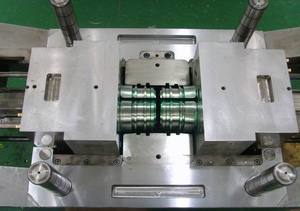

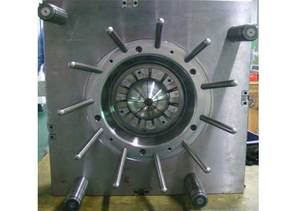

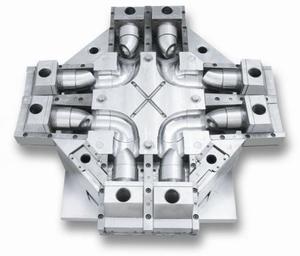




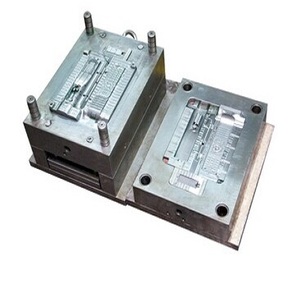









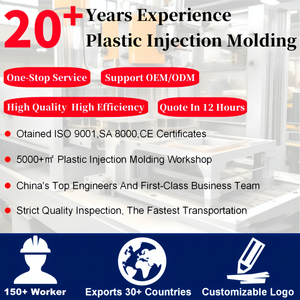
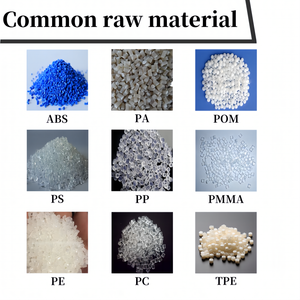

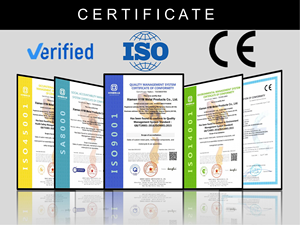








The material used in a low volume plastic injection mould can be crucial. The selection of materials for this procedure is driven by the project specifications and the intended use of the final produce. Explained below are the common materials for the moulds in the outlined procedure:
Steel is regularly used because of its durability and strength. It's the most chosen material for injection moulds because it can withstand several cycles. Designs that require more detail or more complex geometry work best with steel moulds. Due to their robust nature, steel moulds are ideal for producing parts thatbar are frequently under stress.
This material choice is easier and has a lower cost compared to steel. It is lighter with good machinability. This makes it suitable for low-volume production or prototyping. Though softer than steel, aluminium moulds can still give a good quality cast, especially in thermoplastic materials.
Bronze and beryllium alloys are considered for materials with high wear resistance compared to the previously discussed materials. They are work strong, but heavier, with superior thermal conductivity and shall not easily erode. Their thermal properties make them more fit for large production.
Plastics are typically used for moulds in the injection process. Plastics may not be as durable as metals, but these types of moulds are light, easy to handle, and do not erode easily. However, they are often used for short-run productions or for experimental work. In production lines, plastic may not be suitable for long-term.
The advancement in material structures has also brought about hybrid moulds with both induction and integrin features. They may include steel and aluminium, thus taking the benefits of both. Hybrid moulds are sometimes used in more complex procedures where different areas of the mould require different properties.
Low-volume plastic injection mould has great diverse usage. Enterprises incorporate these moulds in their initial product designs, in research, and in the processes of defining advanced materials. Outlined below are the common applications:
Low-volume plastic injection moulding is used in prototyping to develop pre-production models of a product. This enables designers and engineers test the prototypes to examine their functionality, aesthetics, and user experience, among others. The feedback gotten will further be applied to make informed adjustments before full-scale production. This helps in reducing risks and losses.
Low-volume moulds are useful in producing small batch parts that are innovative or still in the experimental stages. These parts may not yet be in the demand levels that justifies mass production. But they require the uniformity and efficiency that moulding provides. This type of production is particularly important in industries like aerospace and medical devices where every product is unique.
Before rolling out a product in bulk to the market, low-volume moulds assist businesses in conducting their product tests. It provides a practical means of determining how well a product performs in real-world conditions. Testing helps to spotlight issues such as material fatigue, design flaws, and element incompatibility. Getting this feedback early on can save a company huge amounts of money in avoiding larger production issues.
Low-volume moulding is good for producing individualized custom parts. It is good for replacement components or one-of-a-kind parts that are specially designed. This flexibility makes it a popular choice in the automobile and electronics industries. Where unique parts are sometimes required to fulfill specific tasks.
Low-volume moulding is used in the production of limited edition products. These products cast a unique theme, such as these commemorative action figures or collection items. It can also be used in the production of seasonal merchandise such as holiday decorations. These items need a short supply release.
Customers seeking plastic injection molding have a variety of materials to choose from. This allows them to tailor their projects to their precise needs. Below is an elaboration on the customized options available to buyers:
Low volume plastic injection moulds allow for great flexibility. Complex designs with more features can be achieved since modern moulds are sometimes made using computer-aided design (CAD) systems to fine-tune every aspect of the mould. It is also possible to create intricate details, patterns, or textures on the products. The precise details will further be translated from digital designs into tangible products.
Several materials are readily available for low-volume injection moulding. Customers select them based on the purpose and attributes of the product in question. Commonly used materials include several grades of plastics like Acrylonitrile Butadiene Styrene (ABS), Polycarbonate (PC), and Polyethylene (PE). Advanced plastics with increased heat and chemical resistance, such as PEEK and PTFE, are also included. Customers get to select materials that will best fit the functional and aesthetic purposes of their products.
Customers have also various options for finishes on their moulds. The finish greatly affects the product's visual appearance and feel, and also its functional aspects like grip and wear. Available finishes include smooth, matte, glossy, and textured finishes. Textures can range from fine patterns to coarser looks. Finishes also have an impact on how the product appears and if the surface is slip-free or easy to slip.
Low-volume moulds are not limited to production with the same monotonous colors only. Customers can select the colors that best suit their products from a variety of plastic colors available. They can also develop custom colors so that their products can represent specific branding or aesthetic outlooks. Low volume plastic moulds offer color consistency throughout the production phase.
Low volume plastic injection moulds have sprue and gate designs that can be customized. This allows the material to flow well into the mould during the process of injection. The selection of the suitable type and placement as well as the optimal size ensures minimal wastage and efficient production. These factors boost yield and make sure that each part is solid and stable.
When choosing low-volume injection moulding for one's business, several aspects need to be evaluated to make the production process smooth. Below are some considerations that may assist buyers in making informed decisions:
It is only wise that the business one chooses has the necessary experience in low-volume moulding business and possesses the expertise to offer the right services. Have a look at the business’s track record in quality production and on-the-time delivery service. Customer reviews and testimonials are also good sources to obtain this information from and assessing their general satisfaction levels.
Assess the capacity of the producer to check whether it can match the projected production levels. It is vital that the business being considered meets its deadlines for delivery without compromising on quality. Knowingtheirproduction capacity will provide estimates on whether they can handle the order size or will be required to rush orders.
Find out which technologies and equipment the producers are using. The latest injection machines and moulds will give a high-quality product with better precision. Also, additional capabilities such as 3D printing and advanced CNC machining will provide flexibility in designs. Elucidation of the machine technology used can be very helpful for buyers in getting more information about the production process.
Quality assurance is also important when selecting low-volume plastic injection moulds. Look into the possible measures that businesses put in place to ascertain quality. Such measures may include inspection of materials, testing of prototypes, and adherence to particular industry standards. Buying from businesses that have a solid commitment to quality will help prevent future products from having defects in them.
Another important factor is the level of customer service that the producer gives. It is vital to have a responsive and easy-to-reach customer service department to answer questions and deal with any issues that may arise during the process of production. Check if they provide regular updates on the manufacturing process so that the customers are always on the loop. Good customer service also supports better cooperation and satisfaction ratings.
A1: Low-volume moulding is very flexible and affordable for creating prototypes.
A2: Common materials include plastics such as Acrylonitrile Butadiene Styrene, Polycarbonate, and Polyethylene, as well as advanced plastics.
A3: Yes, it is especially useful when unique specifications or details are required.
A4: Aerospace, medical, and electronics industries benefit from this moulding.
A5: Finishes range from smooth, matte, glossy, and textured to suit functional and aesthetic purposes of products.